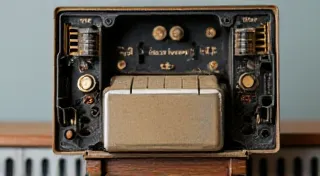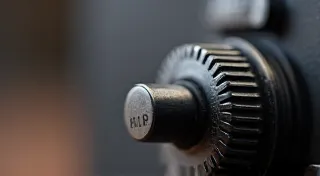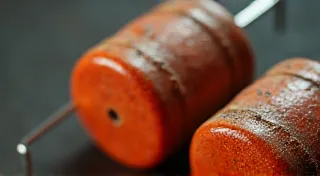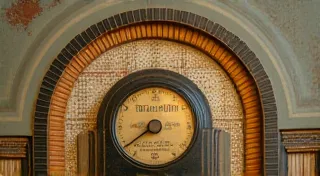Understanding Radio Alignment: Improving Performance
Radio alignment, often shrouded in a bit of mystery, is a crucial process for optimizing the performance of antique and vintage tube radios. It's more than just adjusting the tuning knob; it's a delicate series of calibrations that ensure the radio receives stations clearly and produces the best possible audio quality. This guide will demystify the principles of alignment and provide some basic introductory instructions for those interested in exploring this fascinating aspect of radio restoration.
What is Radio Alignment?
When a vintage radio leaves the factory, it's carefully aligned by skilled technicians. However, over decades of use, vibration, temperature changes, and even minor component drift can subtly shift the components responsible for proper reception. Alignment essentially returns these components to their optimal positions, ensuring the radio tunes accurately and delivers strong, clear audio. It's a key element in the overall radio restoration process. Modern radios rarely require alignment due to their construction and stability; tube radios, however, are a different story.
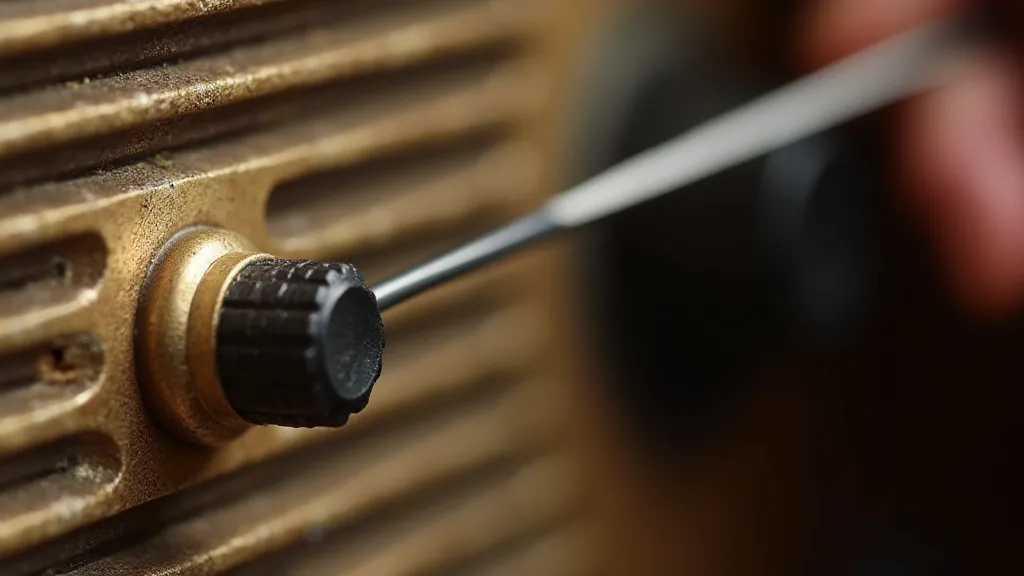
Why Alignment Matters
Without proper alignment, your antique radio might exhibit the following issues:
- Poor Reception: Difficulty finding stations or weak signals.
- Drifting Frequency: Stations "drifting" out of tune over time.
- Distorted Audio: Unpleasant or fuzzy sound.
- Incorrect Band Coverage: Not tuning to the intended frequencies.
Alignment addresses these problems by fine-tuning the inductors and capacitors within the radio's intermediate frequency (IF) and RF (Radio Frequency) stages. These components are critical for selecting and amplifying the desired radio signals.
The Principles of Alignment
Alignment revolves around the concept of the Intermediate Frequency (IF). The IF is a fixed frequency used within the radio’s circuitry. The RF amplifier converts the incoming radio frequency to the IF. Therefore, proper alignment ensures that the RF amplifier and the IF stage are precisely tuned to this fixed IF.
The process involves two primary adjustments:
- Truing the RF Amplifier: This step optimizes the reception of signals within each band.
- Truing the IF Transformer: This step ensures the IF amplifier is properly tuned to the fixed IF.
Basic Alignment Instructions (Introduction Only!)
WARNING: Radio alignment is a complex and potentially damaging process. The following is a highly simplified overview intended for informational purposes only. Incorrect adjustments can permanently damage your radio. If you are not comfortable working with electronic circuits, seek assistance from a qualified radio technician.
- Gather Your Tools: You's need a precision screwdriver set (often very small sizes), an IF signal generator, a signal tracer, and a good understanding of the radio's schematic diagram.
- Prepare the Radio: Ensure the radio is in good physical condition and all components are stable.
- Locate Alignment Components: Identify the adjustable inductors (often referred to as "trimmers") within the RF amplifier and IF transformer. Refer to the radio's schematic.
- Use a Signal Tracer (Highly Recommended): A signal tracer is an invaluable tool for observing the signal strength as you make adjustments.
- Make Small Adjustments: Rotate the trimmer capacitors *very* slightly, observing the signal strength on the signal tracer. Small changes can have a significant impact.
- Repeat for Each Band: Perform the RF alignment for each radio band.
- Check and Refine: After completing the alignment, verify that the radio tunes accurately and the audio quality is optimal.
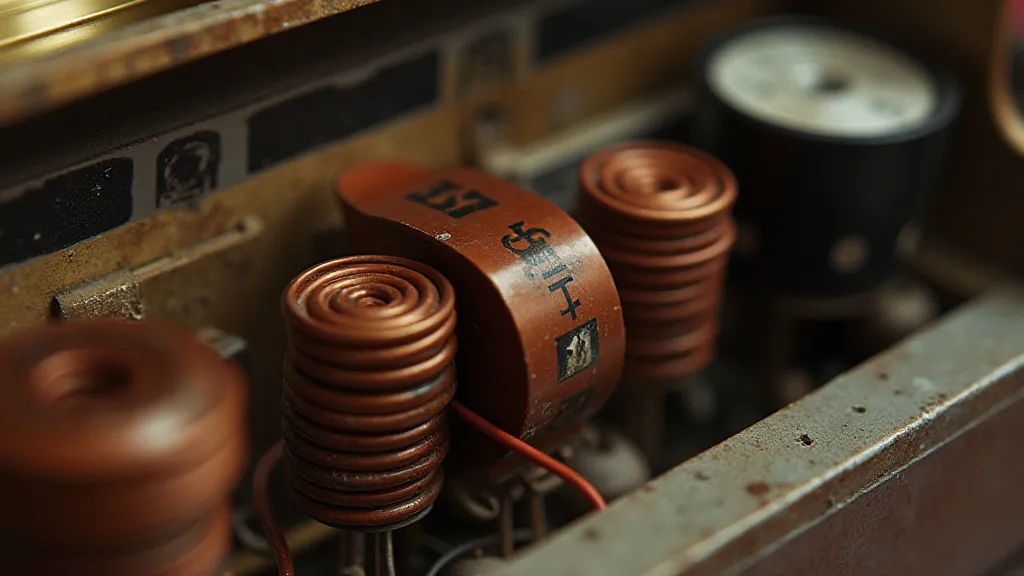
Safety Precautions
Always disconnect the radio from the power source before attempting any repairs or adjustments. Be aware of high-voltage components within the radio, even when it is unplugged. If you are unsure about any aspect of the alignment process, consult a qualified technician.
Resources and Further Learning
This guide provides a basic introduction to radio alignment. For more detailed information and specific instructions for your radio model, consult the radio's service manual, online forums dedicated to vintage radio restoration, and books on radio repair. Understanding the underlying theory is essential for successful and safe alignment.
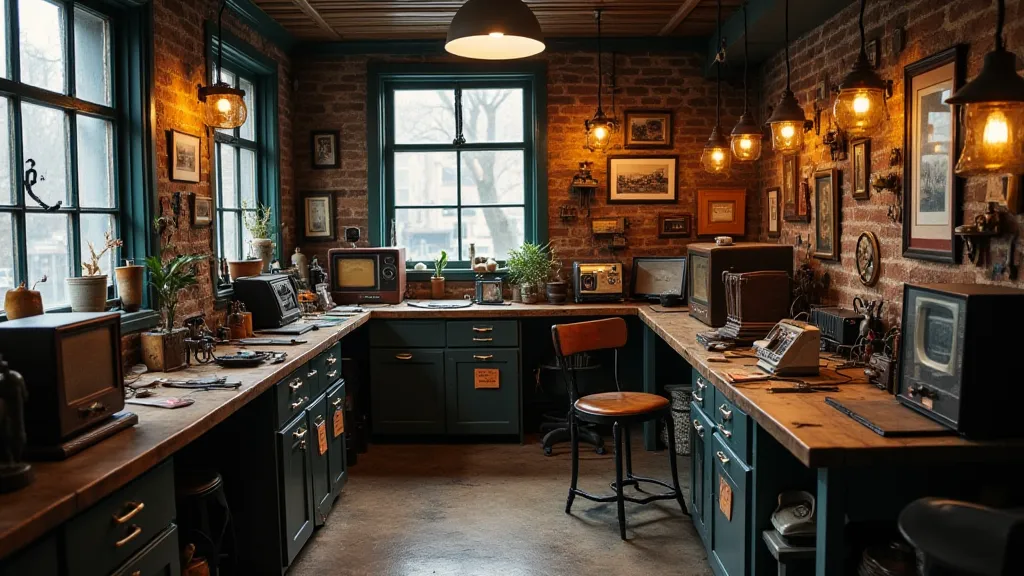
Radio alignment is a skill that takes time and practice to master. However, the reward of restoring a vintage radio to its optimal performance is well worth the effort. This process is a vital part of radio repair and antique radios maintenance.
